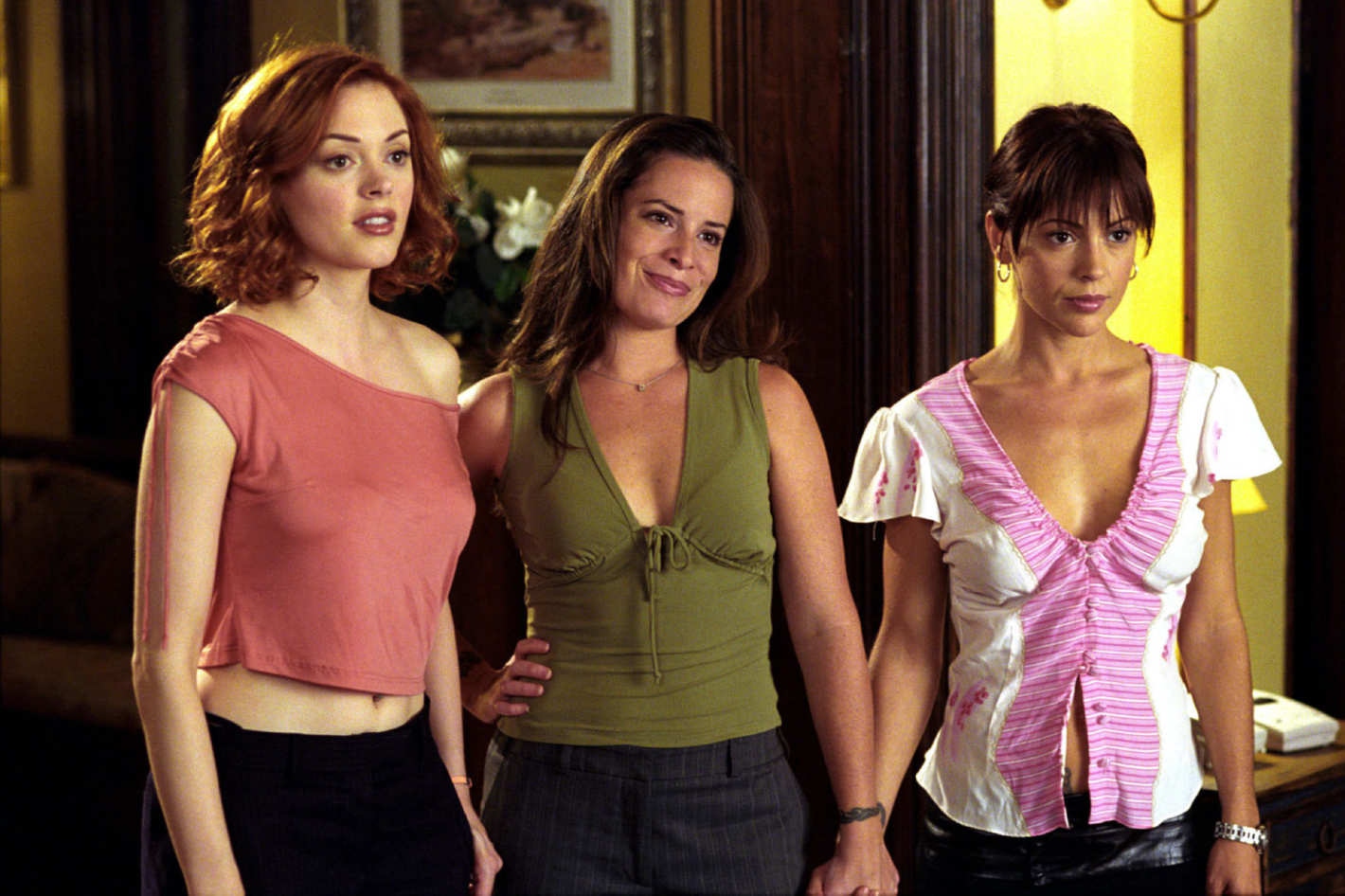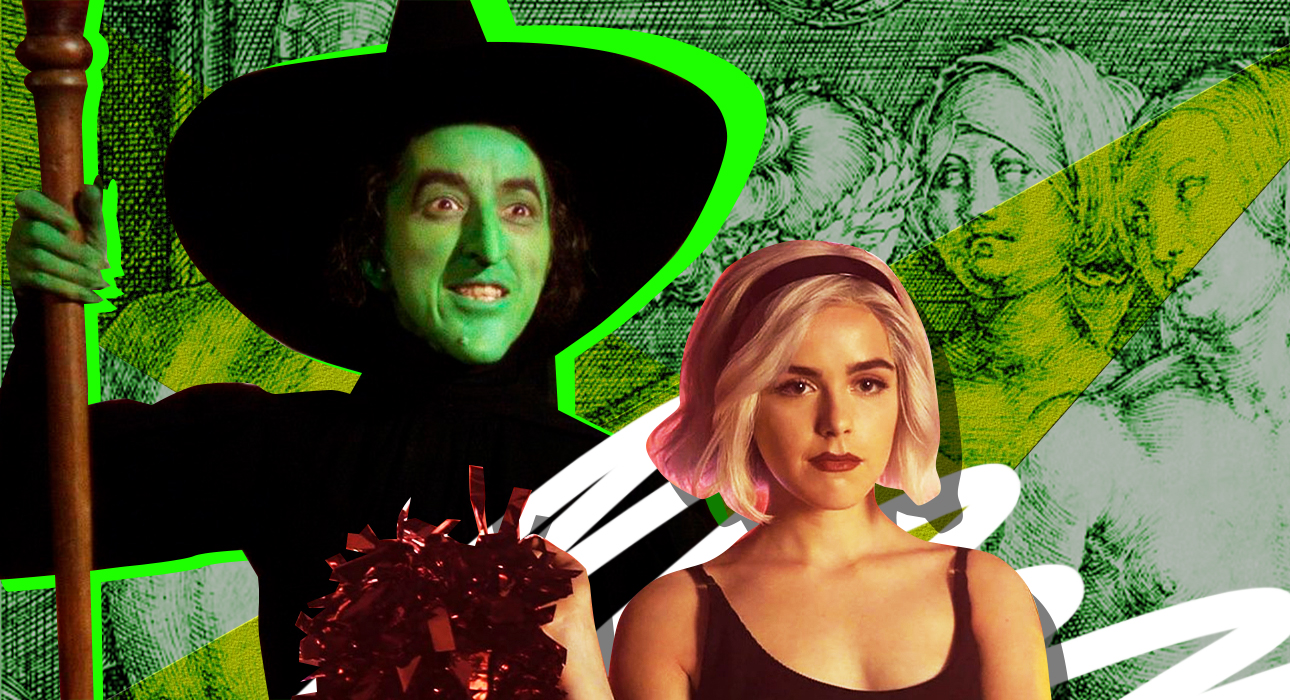The most famous witch trial in history took place 330 years ago in Salem (USA). During the so-called Salem “witch hunt”, 19 people were sentenced to death, between 175 and 200 people were arrested.
The reason for the incident was the reporting of one of the doctors who did not have the necessary medical knowledge, who had captured several cities and could not figure out the causes of an unexpected virus that affected children. He blamed the witches for all sins and urged the mass to fight the sorcerers.
Many were suspected: those who did not go to church, were somehow connected with the sick, but did not get sick themselves, had lush red hair and an attractive appearance. And of course, mostly women were brought to court. Both girls and older women who are in their last year entered the distribution. They focused on rumors, conjectures, and explanations from literature and art, not factual evidence.
True, a year later, many participants in the court were pardoned, and a few years later, in 1702, the decision was considered completely illegal. Many convicts have been reinstated to their civil rights – the Governor of Salem has called for no more circumstantial evidence to be used. What happened was considered a tragedy. The city has a Day of Sadness. And 300 years later, in 1992, a monument was erected in memory of the victims.
Historians and culturalists have long identified the true causes of the “witch hunt”—crop shortages, wars, plague and syphilis epidemics have led to despair and panic, and have increased people’s inclination to seek the mystical cause of these misfortunes. But still, one of the reasons was the cultural component. Scary descriptions in the literature of how witches look and behave are the images of these witches in engravings.
Of course, what sympathy might appear for such characters? But over time, this image has evolved – how exactly we tell in our material.
from ancient times

It all started with the Bible – then a certain sorcerer of Endor appeared in the Old Testament, in the legend of King Saul. Saul wanted to know the outcome of his future war with the Philistines. At his request, the sorcerer summoned the spirit of the prophet Samuel from the dead – and predicted for him the participation of David.
In the Pentateuch, which is also part of the Old Testament, witchcraft was already openly condemned and punished by death: “You shall not let the priests live” (Exodus 22:18).
Witches also appeared in Greek mythology – in classical antiquity, they were described as winged harpies, heralds of misfortune, and “flying creatures” who drank the blood of babies. One of the brightest representatives of Greek mythology is Circe, or the sorceress Kirk. According to the classics, he turned the friends of King Odysseus into pigs.
Circe’s niece, Princess Medea, also had supernatural powers – she knew how to fly and prepared rejuvenating potions.
A little later, witches began to be told in fairy tales from different peoples of the world. In Slavic tales, the witch often used her abilities against people. He knew how to send sickness, to scare, to create objects.
Unlike Slavic fairy tales, in German the witch had practically no talent, except that she knew how to enchant people.
In English fairy tales a witch could turn people into animals, and in Spanish fairy tales she always helped good people.
In fairy tales, the appearance was also different: for example, the same Slavs described the witch as a beautiful young girl, while the Germans always depicted her as an old woman.
wild time

A red-haired beauty with green eyes – this is how a witch was described in the Middle Ages. It was believed that a truly honest woman should have a beautiful inner world, but by no means an attractive appearance. Beautiful girls were considered seducers who used their data for personal gain. This image was actively supported by artists of those times.
Albrecht Dürer’s engraving “The Four Witches” (1497) is known – and although the title of this work seems to tell, it is not entirely clear what meaning the Germans attached to the artwork.
According to one version, he depicted truly seductive witches, according to another, inspired by ancient mythology. Many researchers believe that the composition is based on the ancient group of the “Three Graces”, but Dürer added a fourth number to this company: Venus, Minerva, Juno and, apparently, Eris, the goddess of discord. Some researchers believe the engraving relates to the theme of the Judgment of Paris, a legend telling how Eris quarreled with Hera, Athena, and Aphrodite.
There were also artists who portrayed witches differently from Albrecht Dürer. His student Hans Baldung Grin made an engraving of Halloween (1510). Ugly figures of witches, skulls, goat-demon – art critics believe that the artist is trying to show the connection between the female sexual nature and sins. Moreover, a similar topic was in high demand in those days – it was believed that women (compared to men) were less capable of resisting temptation.
Misogyny through the depiction of black magic – these were ideas common in art at the time. And so it went on for several centuries.
feminist witches
It was only in the 18th century that the image of a witch began to be treated differently. This was facilitated by the development of romantic ideas: magic was no longer taken seriously, it began to be associated with superstitions. And a century later, witches began to be seen differently in the context of the women’s movement. In 1893, American suffragette and activist Matilda Joslyn Gage wrote Woman, Church and State. She blamed the Christian Church for the numerous persecutions of women and the horrors of the Inquisition.
In the early 20th century, popular culture began to speak of “good” witches. An example is L. Frank Baum’s novel “The Wizard of Oz”, about Glinda, the good wizard of the North. Another of the brightest novels is Stella Benson’s “Living Alone”, in which the main character, a witch, speaks in support of the equality movement.
In the future, several more vivid images will appear in literature: Serafina Pekkala from “His Dark Materials” and Hermione Granger from “Harry Potter.”
Humanity

With the advent of cinema, the image of witches also changed. And it happened gradually. At first, witches were spoken of in the cinema as spooky characters that evoked fear and horror, as in The Witches of 1922 or 1939’s The Wizard of Oz, where the character of the Wicked Witch of the West appeared. be so spooky that many children (and adults too) have started dreaming in nightmares.
Over time, the villains became more humane: housewives witches appeared (“I Married a Witch” in 1942, “My Wife Bewitched Me”), witch leaders (“Angelica Huston in the movie Witches”), witches living ordinary lives (“Magical” ”, “Young Witch Sabrina”).
Evil has faded into the background, and now you need to show the opposite witch, then other ways are chosen for these purposes: each witch has her own story, and you can see humanity even in the worst characters.
Source: People Talk





